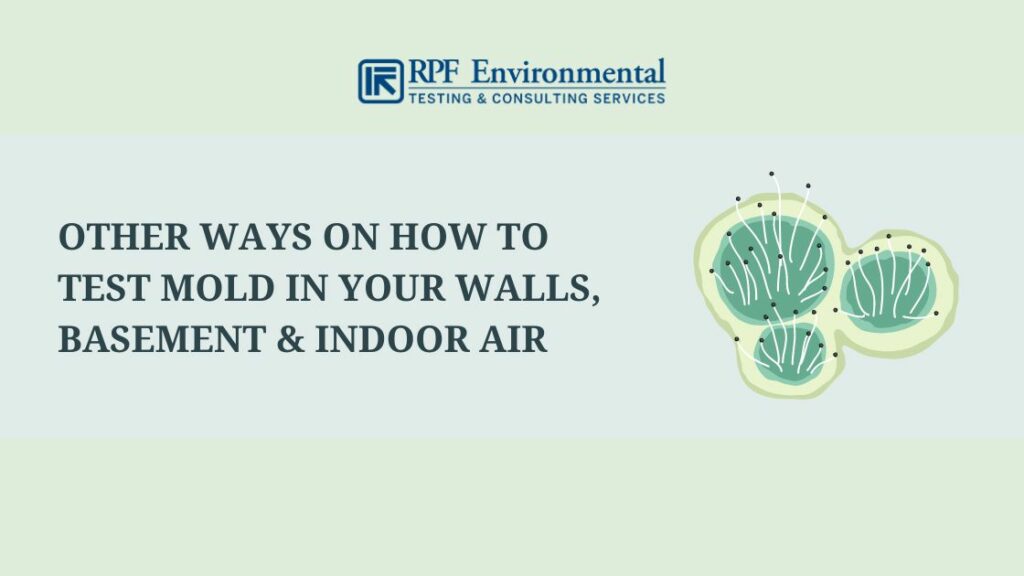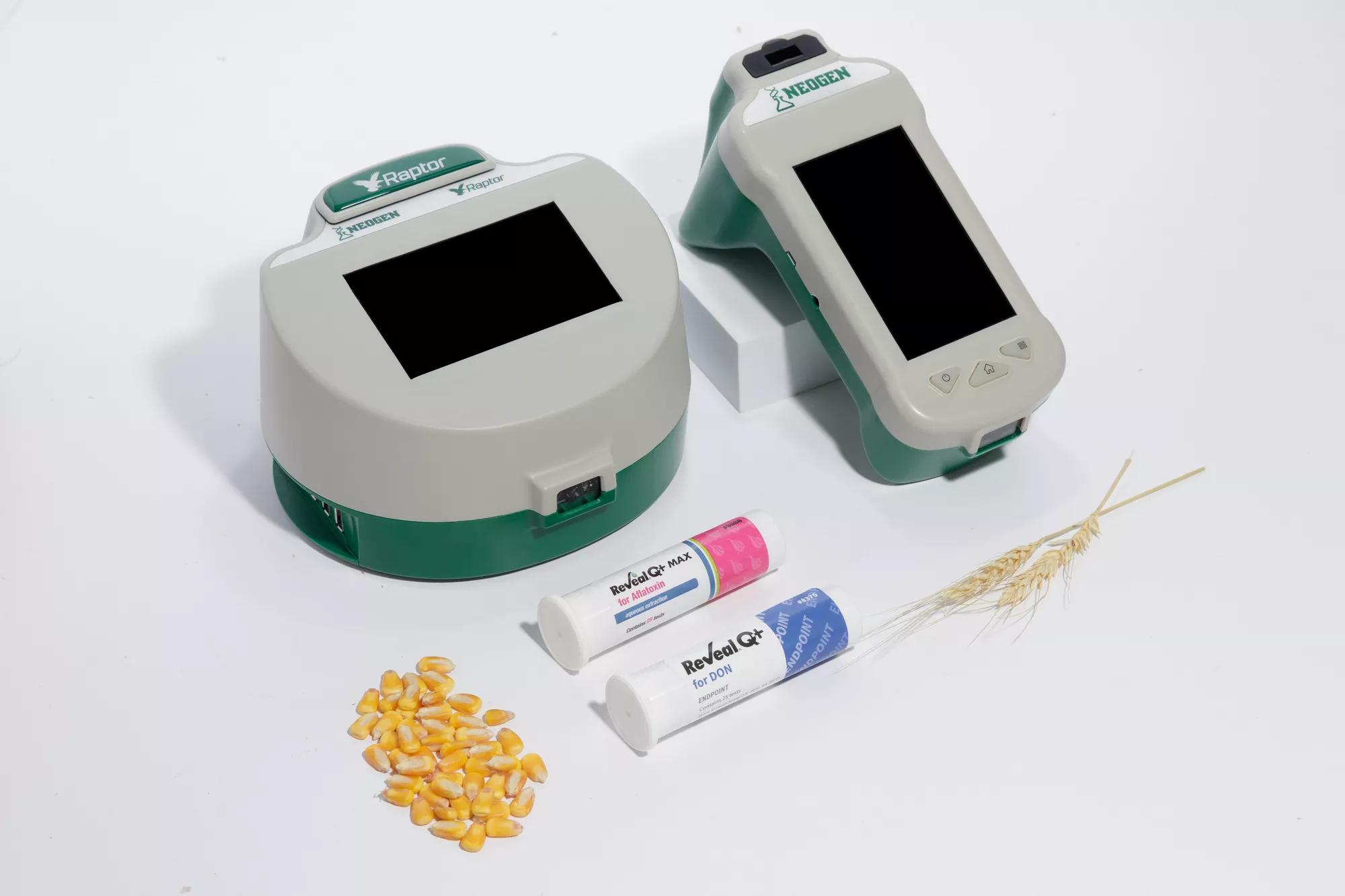Mycotoxin testing Services: Guaranteeing Quality and Security in Your Supply Chain
How Mycotoxin Testing Assists Protect Against Contamination and Protect Food Products

Mycotoxin testing is an important technique in the food market, serving as a frontline protection versus contamination by hazardous toxins generated by mold and mildews. Via the application of innovative strategies like High-Performance Liquid Chromatography (HPLC) and Fluid Chromatography-Mass Spectrometry (LC-MS), food manufacturers can properly quantify and find mycotoxin levels in farming products.
Understanding Mycotoxins
Recognizing mycotoxins starts with identifying that they are poisonous secondary metabolites produced by certain mold and mildews, which can infect farming products. These metabolites are not essential for the development or reproduction of the fungi but can have serious ramifications for animal and human health. Mycotoxins are typically found in staple crops such as corn, wheat, barley, and nuts, where they can multiply under details problems of dampness and temperature level.
There are numerous kinds of mycotoxins, each created by various fungal varieties. Fusarium varieties create fumonisins and trichothecenes, both of which are linked with different acute and chronic health problems.

Threats of Mycotoxin Contamination
The threats of mycotoxin contamination are multifaceted, posturing considerable dangers to both food safety and public health and wellness. Mycotoxins, poisonous compounds generated by particular kinds of fungis, can pollute a large range of agricultural items consisting of cereals, nuts, seasonings, dried fruits, and coffee. When these toxins penetrate the food supply, they can bring about major health and wellness problems such as liver damages, kidney failure, and also cancer cells. Vulnerable populaces, including youngsters, the senior, and immunocompromised people, are especially at risk.
Economic influences are one more significant problem. Polluted plants can cause considerable financial losses for farmers and food producers due to reduced yields and the need for costly decontamination measures. Global trade can be considerably prevented as nations implement stringent mycotoxin regulations to secure their populations, leading to declined shipments and strained trade connections.
Environmental factors such as climate adjustment exacerbate the risk of mycotoxin contamination. Variants in temperature and humidity can create favorable problems for fungal growth, increasing the possibility of contamination events. Hence, understanding and alleviating these threats are crucial for making certain the safety and stability of global food products.
Methods of Mycotoxin Examining
Properly recognizing mycotoxin contamination in agricultural products is necessary for guarding public wellness and keeping food safety and security requirements. Various methods are utilized to identify and evaluate mycotoxins, each offering specific advantages and constraints.
High-Performance Liquid Chromatography (HPLC) is an extensively utilized technique due to its high sensitivity and accuracy. It entails separating mycotoxins from other compounds in an example, enabling accurate metrology. Fluid Chromatography-Mass Spectrometry (LC-MS) integrates fluid chromatography with mass spectrometry to give detailed molecular information, making it specifically valuable for recognizing numerous mycotoxins concurrently.

Gas Chromatography-Mass Spectrometry (GC-MS) and Thin-Layer Chromatography (TLC) are additionally utilized, each with distinct applications. GC-MS works for volatile mycotoxins, while TLC supplies a simpler, economical alternative for preliminary testing.
Benefits of Normal Examining
Regular screening for mycotoxins in agricultural products supplies countless advantages, substantially adding to public health and food security. By recognizing contamination early, routine screening aids avoid the circulation of toxic foods, therefore reducing the threat of my website mycotoxin-related illnesses among consumers. This proactive method not only safeguards human health and wellness however also improves the general top quality of food products.
Different countries and regions have developed rigorous limits for mycotoxin degrees in food and feed. Sticking to these limits with normal screening ensures that producers and suppliers satisfy legal standards, therefore avoiding penalties and trade obstacles.
Additionally, routine mycotoxin testing can result in substantial economic advantages. Early discovery of contamination enables timely treatment, minimizing possible losses from widespread contamination. Carrying out routine testing methods can additionally minimize recall costs and associated liabilities, which can be financially devastating.
Furthermore, routine testing supplies important data that can inform better farming practices and storage space problems. By understanding patterns of contamination, manufacturers can adopt preventive procedures, consequently minimizing future dangers and contributing to the sustainability of the food supply chain.
Implementing Evaluating Protocols
Applying reliable mycotoxin screening methods is critical for making sure the safety and high quality of farming products. Developing a robust testing structure includes several key steps, beginning with the identification of potential contamination points within the production and supply chain. This consists of pre-harvest, post-harvest, storage space, and circulation stages. Each stage should be inspected to determine where mycotoxin contamination is more than likely to take place.
Once important control points are recognized, picking ideal this link screening approaches is important. Common methods include enzyme-linked immunosorbent assay (ELISA), high-performance liquid chromatography (HPLC), and mass spectrometry (MS) Each method has its weak points and toughness; therefore, selecting the correct one depends on the details mycotoxin being tested, the needed level of sensitivity, and offered resources.

Last but not least, incorporating the testing methods into a thorough food safety administration system is suggested. This enhances traceability and enables speedy restorative activities when contamination is identified, thus safeguarding the integrity of the food supply chain.
Final Thought
Mycotoxin testing is essential in stopping contamination and securing food products by enabling very early detection of harmful contaminants created by mold and mildews in farming products. Advanced methods such as HPLC and LC-MS ensure conformity with safety laws and protect customers from health threats. Regular testing enhances brand name online reputation, monetary security, and count on food safety by decreasing contamination-related losses and preserving high standards in food manufacturing. Implementing rigorous testing protocols is therefore essential for the market's total well-being.
Mycotoxin screening is an essential method in the food market, offering as a frontline protection against contamination by dangerous contaminants created by mold and mildews. An incorporated strategy involving agricultural practices, storage space monitoring, and normal screening can minimize the risks linked with mycotoxin contamination, click site guaranteeing food safety and public health and wellness.
The threats of mycotoxin contamination are multifaceted, posturing significant risks to both food security and public health.Normal testing for mycotoxins in agricultural items uses various benefits, dramatically adding to public wellness and food security.Mycotoxin screening is crucial in avoiding contamination and protecting food materials by making it possible for very early discovery of hazardous toxic substances produced by mold and mildews in farming items.